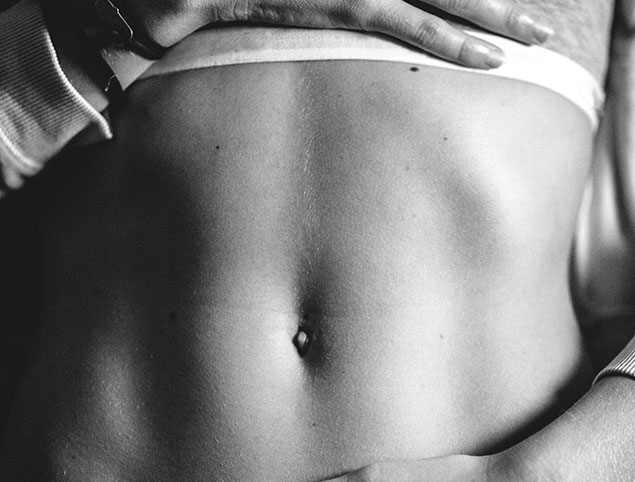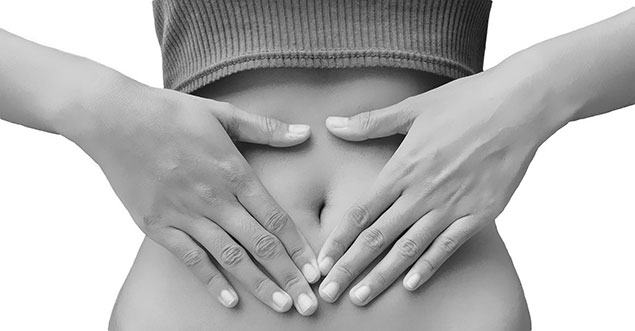January 2nd, 2025
Dr. Mulholland, Md
What is Breast Reduction Surgery?
Breast reduction surgery, also referred to as a reduction mammaplasty, is a procedure that reduces the size of the breasts while simultaneously lifting them to provide relief from back pain, breast pain, or a general aesthetic goal. The procedure is often performed by creating an incision and removing fat from the breast – as well as reconstructing the appearance of the patient’s areola to suit the lifted breasts better.
What are my Options for Breast Reduction?
A breast reduction procedure can be performed using an anchor or vertical pattern. The anchor pattern technique involves placing incisions around the areola, down to the breast fold, and within the breast fold. This allows for a more dramatic lifting of the breasts and reshaping – ideal for those with much larger breasts looking for a significant reduction.
The vertical pattern technique involves incisions placed around the areola and down to the breast fold. This technique allows for a substantial breast size reduction with fewer incisions.
Either way, your breast reduction will be performed under anesthesia, and all excess skin, tissue, and fat will be removed. The remaining breast tissue will be lifted and reshaped, along with the nipple and areola being repositioned on the new breast mound. You can also request that the size of your areolas be reduced during this procedure. Sutures are placed within the tissue to support the breasts, and bandages are placed over any incisions.
For optimal results, Toronto Plastic Surgeons may also perform liposuction to sculpt the breast and remove excess fat from areas like the side of the chest and under the armpit that cannot be reached through the incisions. Your procedure will take around 2 hours.
Which Questions Should I Ask Toronto Plastic Surgeons?
Some questions you should ask Toronto Plastic Surgeons during your breast reduction consultation include:
- Any questions you have regarding his credentials, training, and experience in plastic surgery.
- Which aftercare instructions should I follow?
- Which surgical technique is best for my goals and body?
- What are the risks associated with this procedure?
- Will breast reduction affect my ability to breastfeed?
- How long will my recovery period be, and what can I expect?
- Any requests you have for before and after photos, either to see your own progress or to find results you would like yours to look like.
What should be avoided when Healing from my Breast Reduction?
Some things and activities you should avoid while healing from your breast reduction include:
- Not wearing a sports bra during the weeks following your recovery.
- Not changing any dressings.
- Partaking in any physical activity for the first 7-10 days.
- Eating poorly and not drinking enough water.
- Not attending your follow-up appointments.
Which Aftercare Steps Should I Take for Proper Healing?
To care for yourself at home, you can take a few steps to promote full and proper healing. Rest as much as possible and avoid straining your body for 2-3 weeks after your surgery. Check in with Toronto Plastic Surgeons if you have questions, such as when you can drive again or engage in light physical activity.
You can shower the day after your drain or bandage is removed, usually within about 1 week. You can return to work and your regular routine around 2-3 weeks post-op. Drink plenty of fluids and ask Toronto Plastic Surgeons when you can begin to take aspirin or prescribed medications again. Try to walk daily to get your blood flowing, but avoid strenuous activities until Toronto Plastic Surgeons gives you the go-ahead.
Why Choose The Toronto Plastic Surgeons?
Toronto Plastic Surgeons has dedicated his 25 years of practice to cosmetic plastic surgery of the face and body. He prides his excellence on the harmonious balance of vision, aesthetic appearance, and patient care. He and his team are known for their skill and personalized, respectful approach to patients. Contact Toronto Plastic Surgeons and his team today for a consultation!



